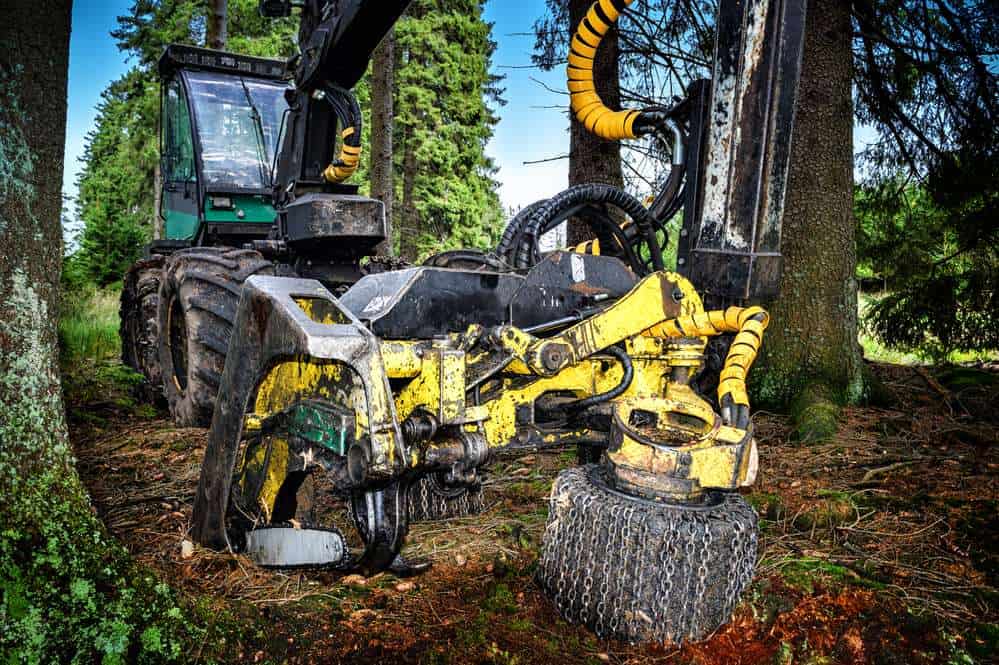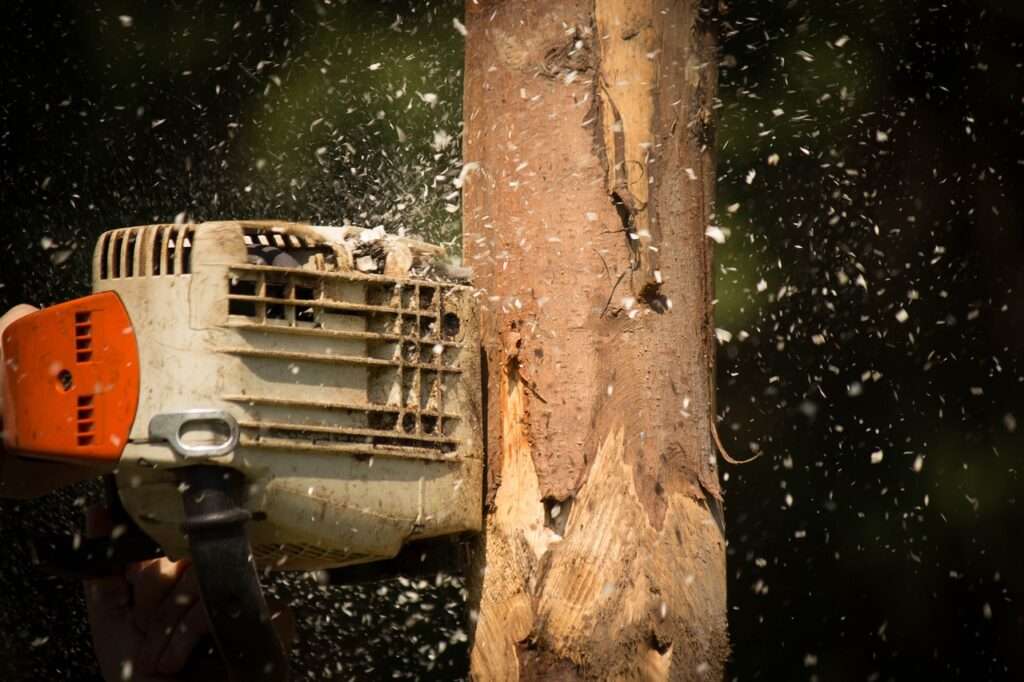💳 We now accept Klarna — flexible payments via Stripe. 🌱 1% of your job goes toward reducing CO₂.
Request Your Free Quote – Fast Response Guaranteed
07783360552
✅ Trusted Eco-Friendly Tree & Garden Specialists in Newmarket – Rated 4.9/5 ⭐ on Google
🌿 NPTC Certified & Fully Insured
💸 Flexible Payments with Klarna
🌍 1% Donated to Carbon Offset Projects
🌧️ 24/7 Emergency Response Available
🌲 Forestry & Woodland Management in Newmarket, Suffolk
NPTC-Certified | Fully Insured | Eco-Conscious | Klarna via Stripe | 24/7 Emergency Callouts
At Eastern Tree & Garden Specialists, we deliver professional forestry and woodland management services across Newmarket, Suffolk, and the surrounding countryside. With decades of combined experience and a team trained at Otley College, we’re proud to support local landowners, councils, and estates with sustainable forest care that protects biodiversity and enhances long-term ecological value.
Whether it’s selective thinning, coppicing, or habitat creation, we manage every project with an eco-conscious mindset, using electric tools where possible and offsetting carbon emissions via Stripe payments 🌍
🌲 Core Tree Surgery Services
- Emergency Tree Removal: 24/7 storm response with Klarna.
Precision Pruning: Deadwood removal & disease prevention.
Stump Grinding: Full removal included in all jobs.
Hedge Care: Trimming, shaping, and planting.
🏡 Garden & Ground Maintenance
Lawn Care | Fencing | Pest Control | Soil Health
📍 Why Woodland Management Matters in Newmarket
Situated in a landscape steeped in rural heritage and racing prestige, Newmarket’s green spaces deserve thoughtful stewardship. Our woodland management services are designed to:
✅ Encourage healthy forest growth
✅ Promote biodiversity and protect habitats
✅ Increase carbon capture and climate resilience
✅ Create accessible, beautiful natural spaces for local communities
By managing your woodland responsibly, you’re not just investing in your land — you’re preserving Suffolk’s countryside for future generations. 🌱
🛠️ Our Woodland & Forestry Services Include:
- 🌳 Tree planting & species selection
- ✂️ Selective thinning and crown management
- 🪓 Deadwood & diseased tree removal
- 🔥 Habitat piles and controlled brash clearance
- 🐾 Wildlife corridor creation & biodiversity planning
- 🧭 Woodland planning & ongoing care
❓ FAQ – Forestry & Woodland Management Newmarket, Suffolk
How often should woodland be managed?
Most woodlands benefit from active management every 1–5 years, depending on size, tree species, and purpose.
Can you help with woodland grant schemes or planning?
Yes — we can offer advice and support with applications for environmental grants and help you create a long-term woodland management plan.
Do you remove trees too?
Absolutely. We carefully assess which trees require removal due to disease, overcrowding, or safety risks and handle the process with minimal disruption.
Is woodland management suitable for small landowners?
Yes — even smaller plots benefit from light management to improve tree health, biodiversity, and safety.
Are your services environmentally friendly?
Very much so. We use electric tools where possible, promote biodiversity, and donate 1% of all Stripe payments to carbon offset projects.
💳 Eco-Conscious Payments & Carbon Offsetting
We care deeply about the environment — that’s why we’ve built sustainability into every aspect of our service:
🌍 1% of all Stripe payments go directly to verified CO₂ reduction projects
💳 Secure payments via Stripe with Klarna instalments available (eligibility applies)
🔋 Electric tools used where possible to reduce noise and air pollution
Choosing us means choosing a greener future.
1% for the Planet – Offset CO₂ with Every Project
Every time you book with us, 1% of your total spend goes towards carbon offsetting. It’s our way of giving back to the environment, one project at a time.
📞 Ready to Transform Your Outdoor Space?
Whether you’re looking to remove a dangerous tree, plant a privacy hedge, or revitalise your garden, Eastern Tree & Garden Specialists are here to help.
✅ Free, no-obligation quotes
✅ Fully insured & highly rated
✅ Serving Newmarket and surrounding villages




Call Us Today | Free Quote Form
Let’s bring your vision to life — safely, sustainably, and with real local care.

Our Tree Surgery & Garden Services
- Tree Felling – Several methods of tree felling are used, which may occur in either an open area or a confined space.
- 24/7 Emergency Call-Out – A safety-line is only a call away.
- Crown Reductions – For the purpose of controlling branch growth and spreading, while allowing for sufficient light and foliage, two essential techniques must be applied.
- Tree and Hedge Planting
- Sectional Dismantling – The trees will be climbed and safely removed in small sections.
- Garden Services – See here for more details.
- Dead Wood Removal – All dead branches are removed from our trees, for safety reasons and to allow new branches to grow in a healthy environment.
- Crown Thinning & Lifting – Thinning the crown of a tree involves removing selective branches to allow more light and air to penetrate the canopy.
- Firewood – Seasoned firewood available all year round.
- Pollarding & Coppicing – Pruning helps promote multi-stem branching and prevents trees from getting too large.
- Landscaping Services
- Hedge Trimming – Pruning increases growth, resulting in a fuller, denser hedge.
- Fencing Services – Domestic & Commercial fencing specialists.
- Stump Grinding – After the tree has been felled and removed, our specialists can completely remove the remaining stump, no matter how large or small.






 One Job = 1% For The
One Job = 1% For The 
